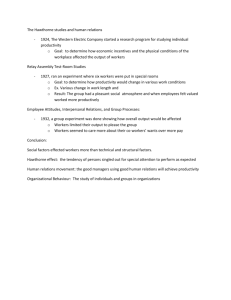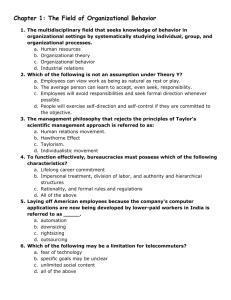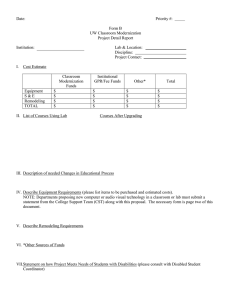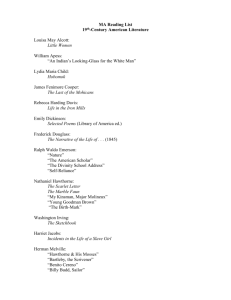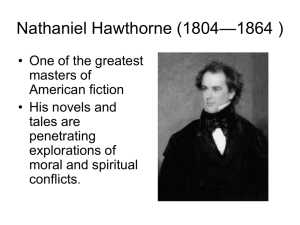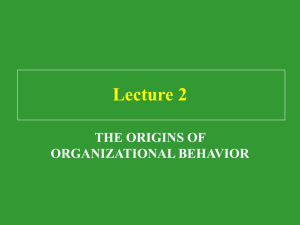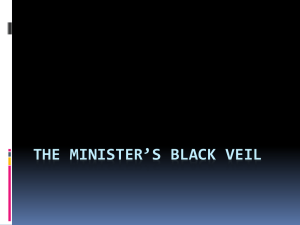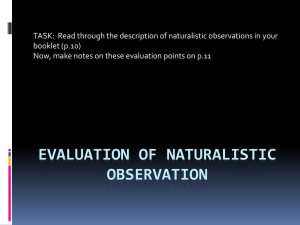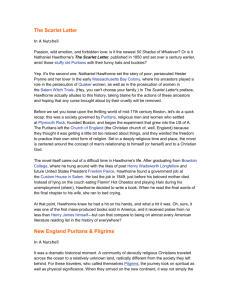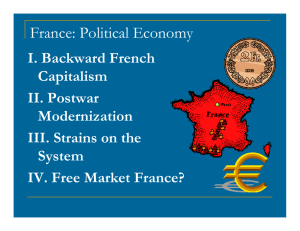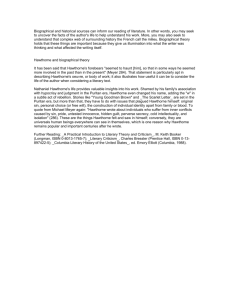Management Yesterday and Today
advertisement
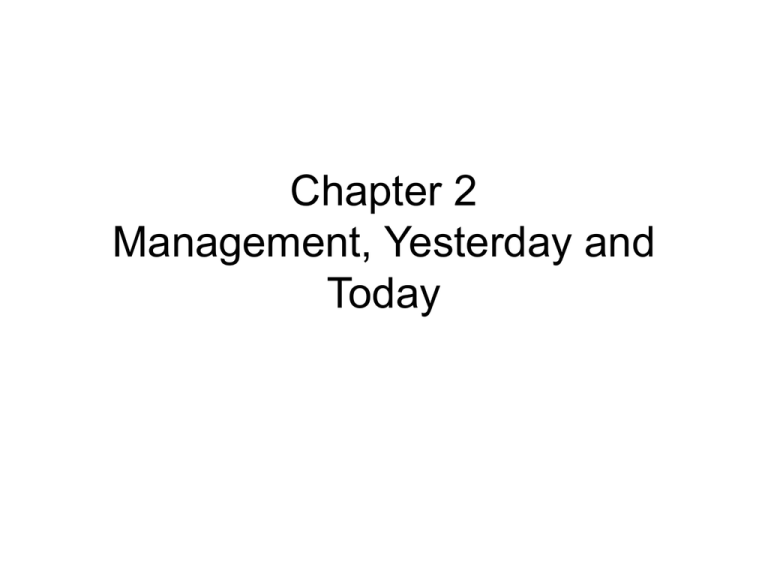
Chapter 2 Management, Yesterday and Today Historical background of management • • • • • Are there any management in the history? Pyramid and the Great Wall The Wealth of Nation by Adam Smith Industrial revolution Chinese traditional government and confucianism • Politics is also a kind of management. • Modernization and rationalization Management theories Historical background Early examples Adam Smith Industrial revelution Scientific management General administrative theory System approach Contingency approach Quantitative approach Organizational behavior Early advocates Hawthorne studies Scientific management • Frederick W. Taylor (1856-1915), the father of scientific management. • Taylor’s four principles – Develop a science for each element of an individual’s work, replacing the old rule-of-thumb method. – Scientifically select and then train, and develop the workers. – Heartily cooperation between manager and employee. – Divide work and responsibility equally. • Significance and critics. • Can you find some scientific management now? Taylorism and Fordism • Mass production. • Machine controls people. • Modernization. Frank and Lillian Gilbreth • • • • Construction contractor and psychologist. Optimizing work performance. Microchronometer and motion research. Cheaper by the Dozen. • Time is money, efficience is life. Compare their time and today. General administrative theory • Henri Fayol (1841-1925). • Five functions of manager – Planning, organizing, commanding, coordinating, and controlling. • 14 principles of management – Division of work, authority, discipline, unity of command, unity of direction, subordination of individual interests to general interest, remuneration, centralization, scalar chain, order, equity, stability of tenure of personnel, initiative, esprit de corps. Max Weber (1864-1920) • Sociologist and religious. • Burearcracy, today’s formal organization – – – – – – Division of labor Authority hierarchy Formal selection Format rules and regulations Impersonality Career orientation • Other type of organization – Chrisma – traditional • Organization in the future. Quantitative approach • Operations research or management science. • Statistics, optimization models, information models, computer simulations, linear programming, etc. • Example. • Queuing, ticket saling, classroom allocation. • Centralized transportation. • Restriction: local, micro issue. Organizational behavior • Early advocates – Robert Owen, late 1700s – Hugo Munsterberg, early 1900s – Mary Parker Follett, Early 1900s – Chester Barnard, 1930 Hawthorne Studies • Elton Mayo • Experiment on the effect of light intensity on output. – – – – Redesign fo jobs Changes in workday and workweed length Introduction of rest period Individual vs. group wage plans • Conclusion – – – – People’s behavior and attitudes are closely related; Group factors significantly affect individual behavior; Group standards establish individual worker output; Money is less a factor in determining output than are group standards, group attitudes, and security. • Lead to new emphasis on the human behavior factorin the management of organizations. Behavior approach in today • • • • • • Design jobs Teams Open communication Motivation Leadership Group behavior and development Systems approach • System – A set of interrelated and interdependent parts arranged in a manner that produces a unified whole. • close system – System that are not influenced by and do not interact with their enviroment. • open system – Systems that interact with their environment. environment system Inputs Raw materials Human resources Capital Technology Information Transformation process Employee’s work activities Management activities Technology and operation methods feedback environment Output Products and services Financial results Information Human results Contingency approach • Management approach that says that organizations are different, face different situations (contigencies), and require different ways of managing. Current trends and issues • Globalization – Working with people from different cultures – Coping with anticapitalist backlash – Movement of jobs to countries with low-cost labor – Civilization clash – Global citizenship and governance ethics • Profit and socia responsibility • Stakeholder vs. shareholder • Corporation citizenship • Workforce diversity – A workforce that is heterogeneous in terms of gender, race, ethnicity, age, and other characteristics that reflect differences. • Entrepreneurship • E-business • Knowledge management Learning organization Traditional organization Learning organization Attitude toward change If it’s working, don’t change it. If you aren’t changing, it won’t be working for long. Attitude toward new ideas If it wasn’t invented here, reject it. If it was invented or reinvented here, reject it. Who’s responsible for innovation? Traditional areas such as R&D. Everyone in organization. Main fear Making mistake Not learning, not adapting Competitive advantage Products and service. Ability to learn, knowledge and expertise. Manager’s job Control others. Enable others. Are there any learning organizations? Can you give some examples? Total quality management (TQM) • Interse focus on customer. • Concern for continual improvement. • Improvement in the quality of everything the organization does. • Accurate measurement. • Empowerment of employees. • To be perfect. • Examples, KFC, TOYOTA, APPLE.
